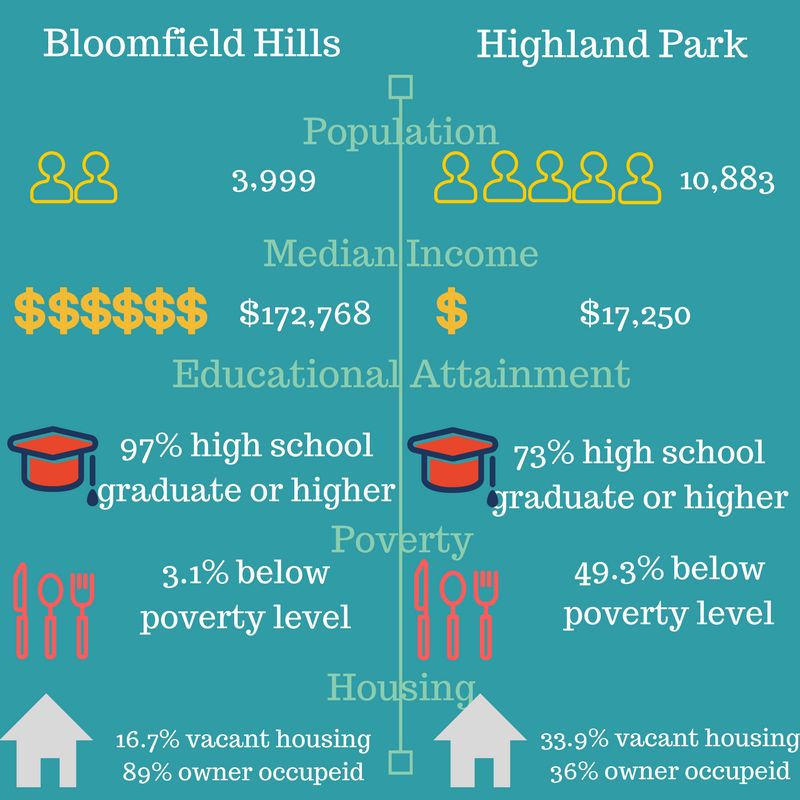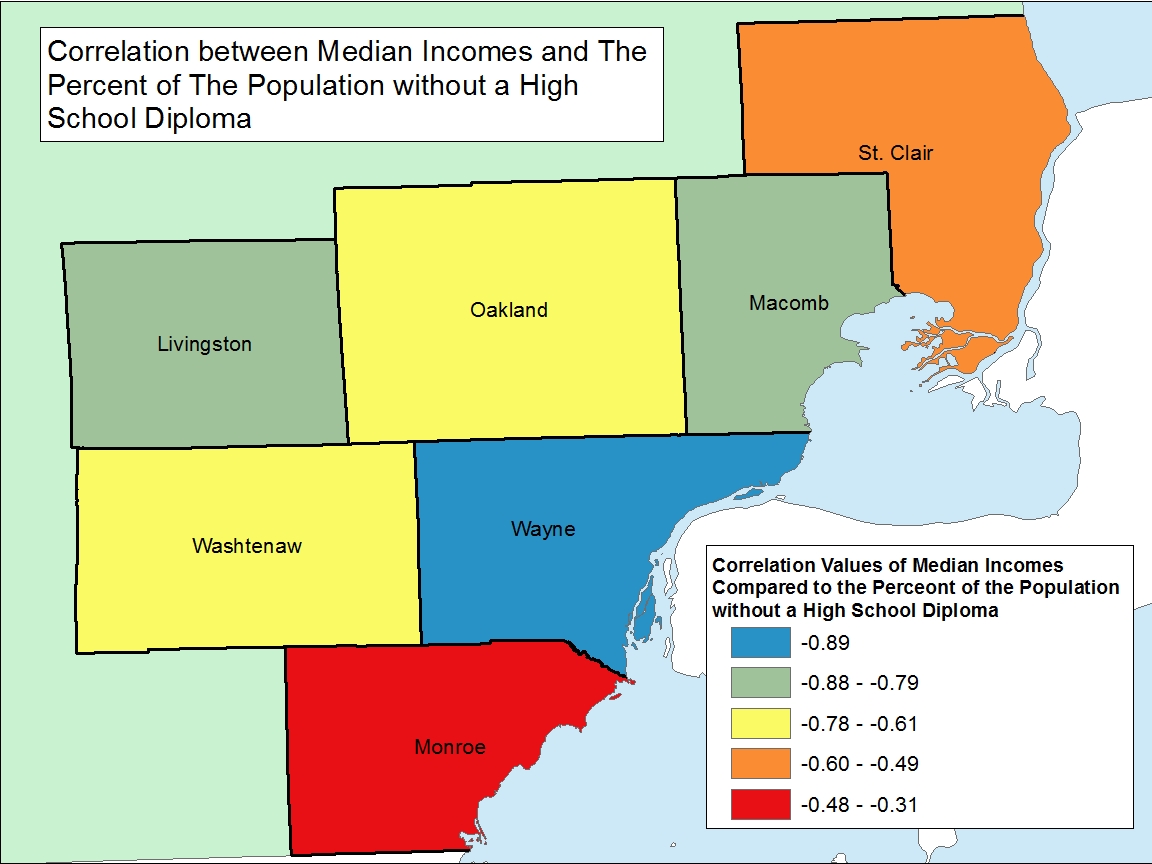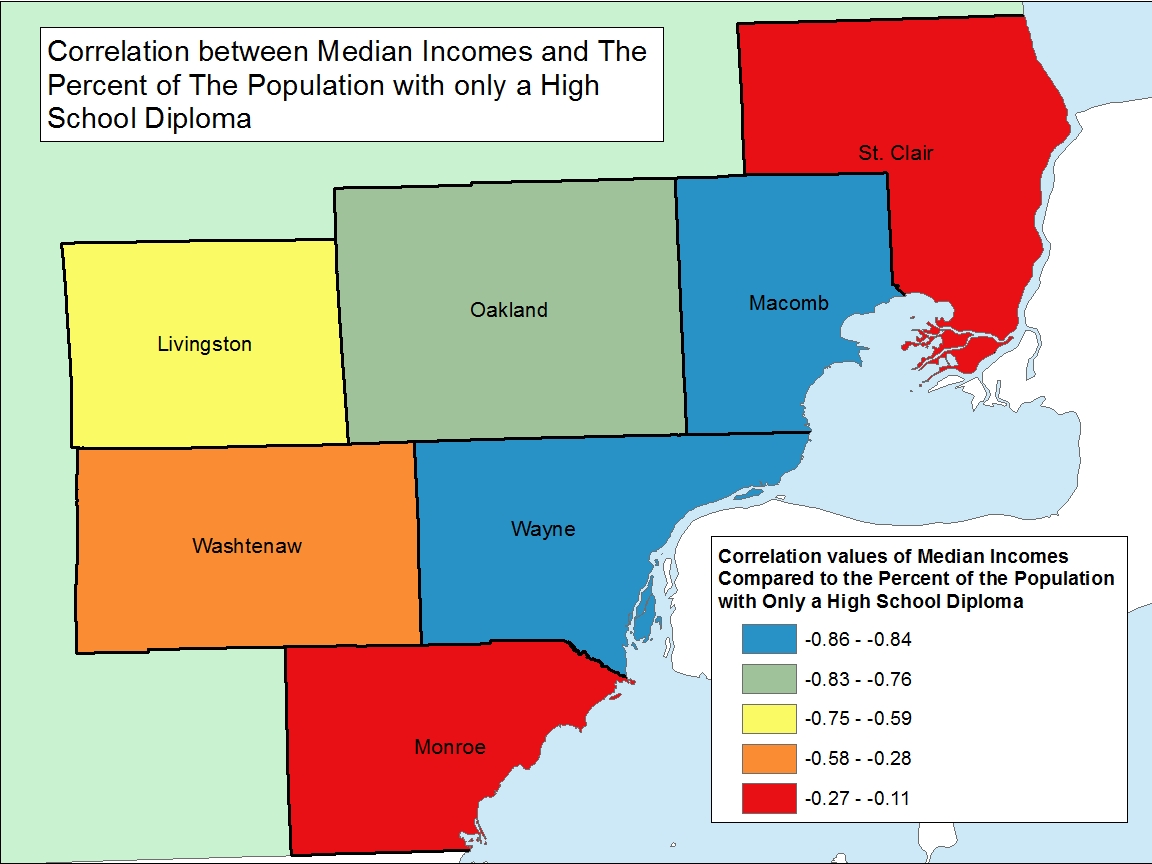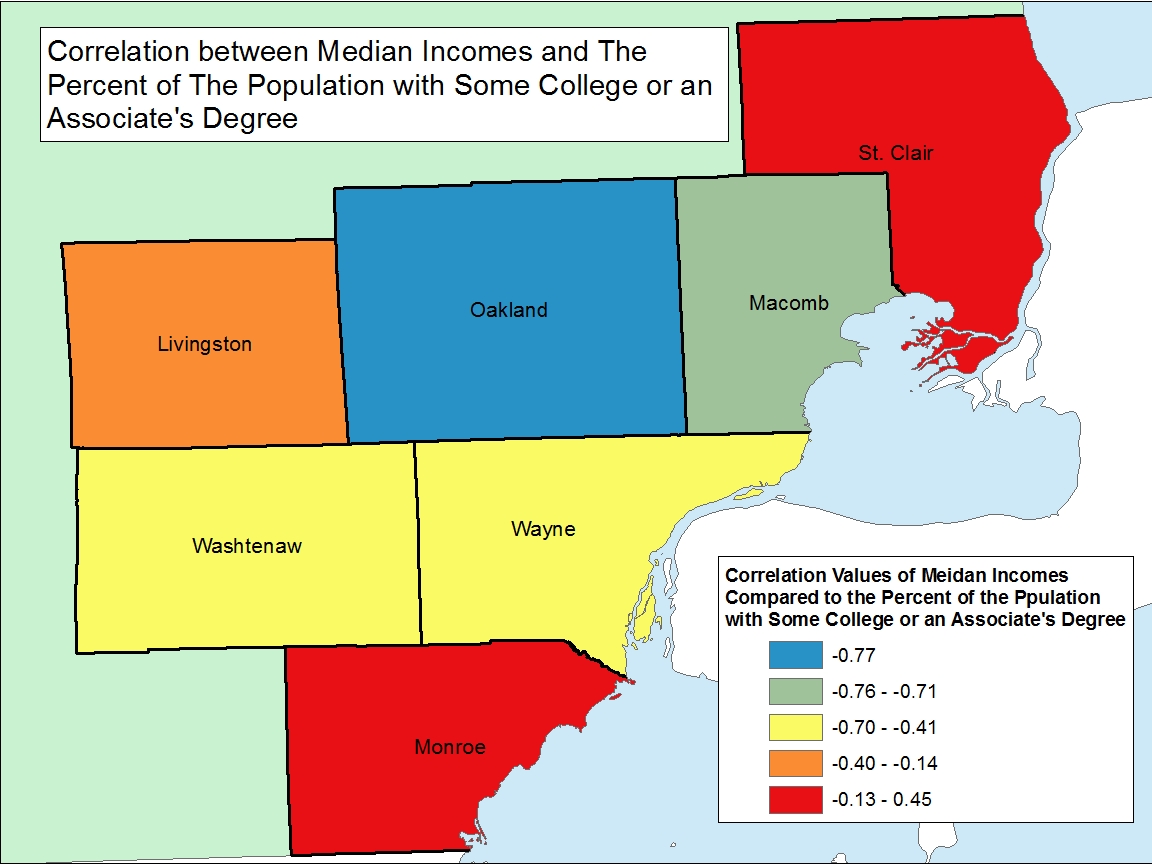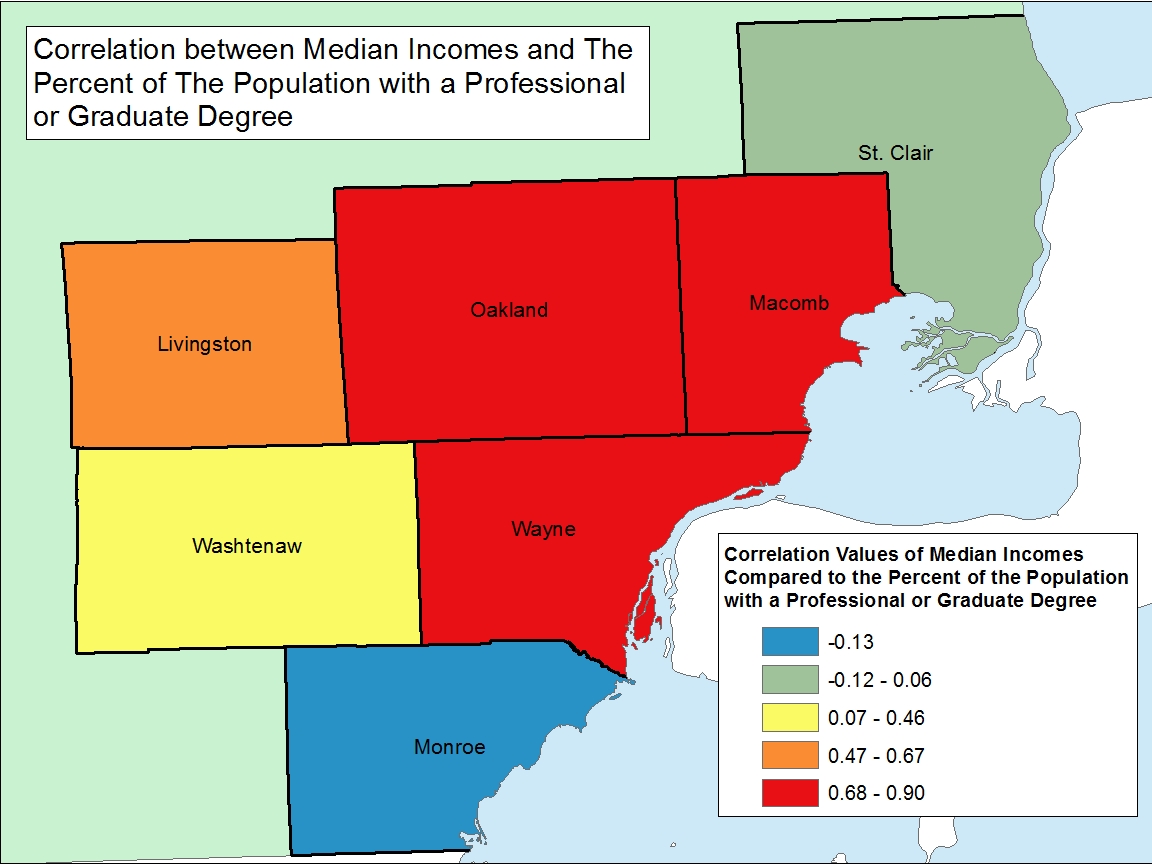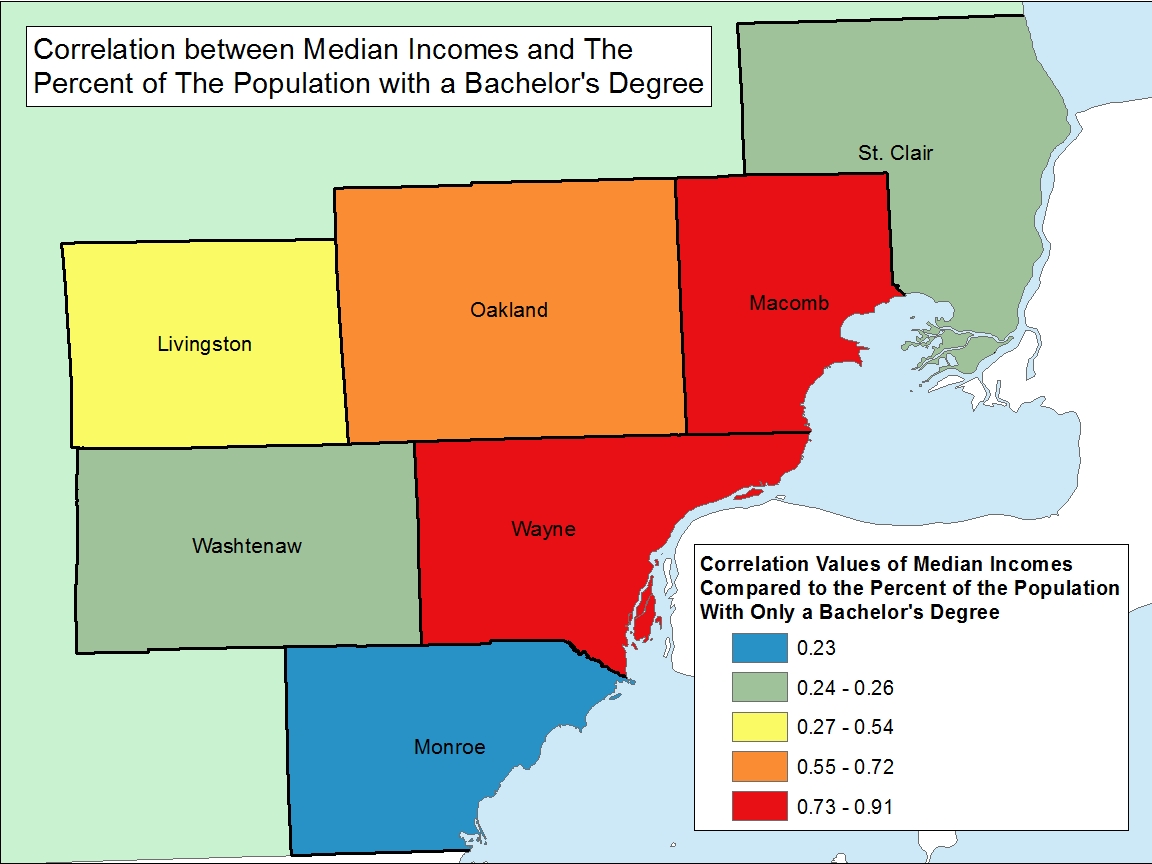- The unemployment rate decreased at the State and local levels(monthly);
- Regionally, Livingston County’s unemployment rate remains the lowest;
- The Standard and Poor’s Case-Shiller Home Price Index for the Detroit Metropolitan Statistical Area shows home prices continue to increase monthly and annually while national mortgage rates are lower than those throughout the State and the City of Detroit.
In August of 2017 the unemployment rate for the State of Michigan was 4.6, a slight decrease from the July unemployment rate of 4.9, according to the most recent data provided by the Michigan Department of Technology, Management and Budget. The State unemployment rate for August is about on par with what it was reported to be in August of 2016 which was 4.5.
The City of Detroit unemployment rate was reported to be 3 points lower in August of 2017 than what it was reported at in August of 2016. For August of this year the City’s unemployment rate was reported at 9.4; in 2016 it was reported to be 12.4.
The chart above displays the unemployment rates for each of the seven counties in Southeastern Michigan for August of 2016 and 2017. Wayne County had the highest unemployment rates for both 2016 and 2017 (7.4 and 5.5 percent, respectively). In August of 2017, Livingston County had the lowest unemployment rate at 3.2 while Washtenaw County had the lowest rate in 2016 at 3.9 (Washtenaw County’s rate remained at 3.9 in August of 2017 too).
Wayne and Monroe counties were the only two in the region with unemployment rates above 4.6 percent in 2017. In 2016 though, Washtenaw County was the only one in the region that had an unemployment rate below 4.5.
St. Clair County had the largest unemployment rate decrease between June 2016 and 2017 at 2 and Wayne County had a decrease of 1.9.
Above are three average 30-year mortgage interest rates at the national, state and local levels. These rates were provided by bankrate.com, which does a national survey of large lenders on a weekly basis. As a 30-year fixed rate mortgage is the most traditional type of home financing this was chosen to show the rate differences.
It was the national interest rate with the lowest average for the week of September 14, 2017 at 3.8, which was 0.23 points lower than the last time we examined this data. This is the first time in the four months we have examined this data that the national interest rate average was lower than the State of Michigan’s.
Also during the week of September 14, 2017 Detroit’s average 30-year fixed mortgage interest rate was 4, a rate that was higher than both the national and state averages. This was the lowest we have reported it to be since March.
The above charts show the Standard and Poor’s Case-Shiller Home Price Index for the Detroit Metropolitan Statistical Area. The index includes the price for homes that have sold but does not include the price of new home construction, condos, or homes that have been remodeled.
According to the index, the average price of single-family dwellings sold in Metro Detroit was $116,030 in June 2017; this was $1,170 higher than the average family dwelling price in May. Also, the June 2017 price was an increase of $8,130 from June of 2016 and an increase of $13,320 from June of 2015 and an increase of $18,690 from June of 2014.




